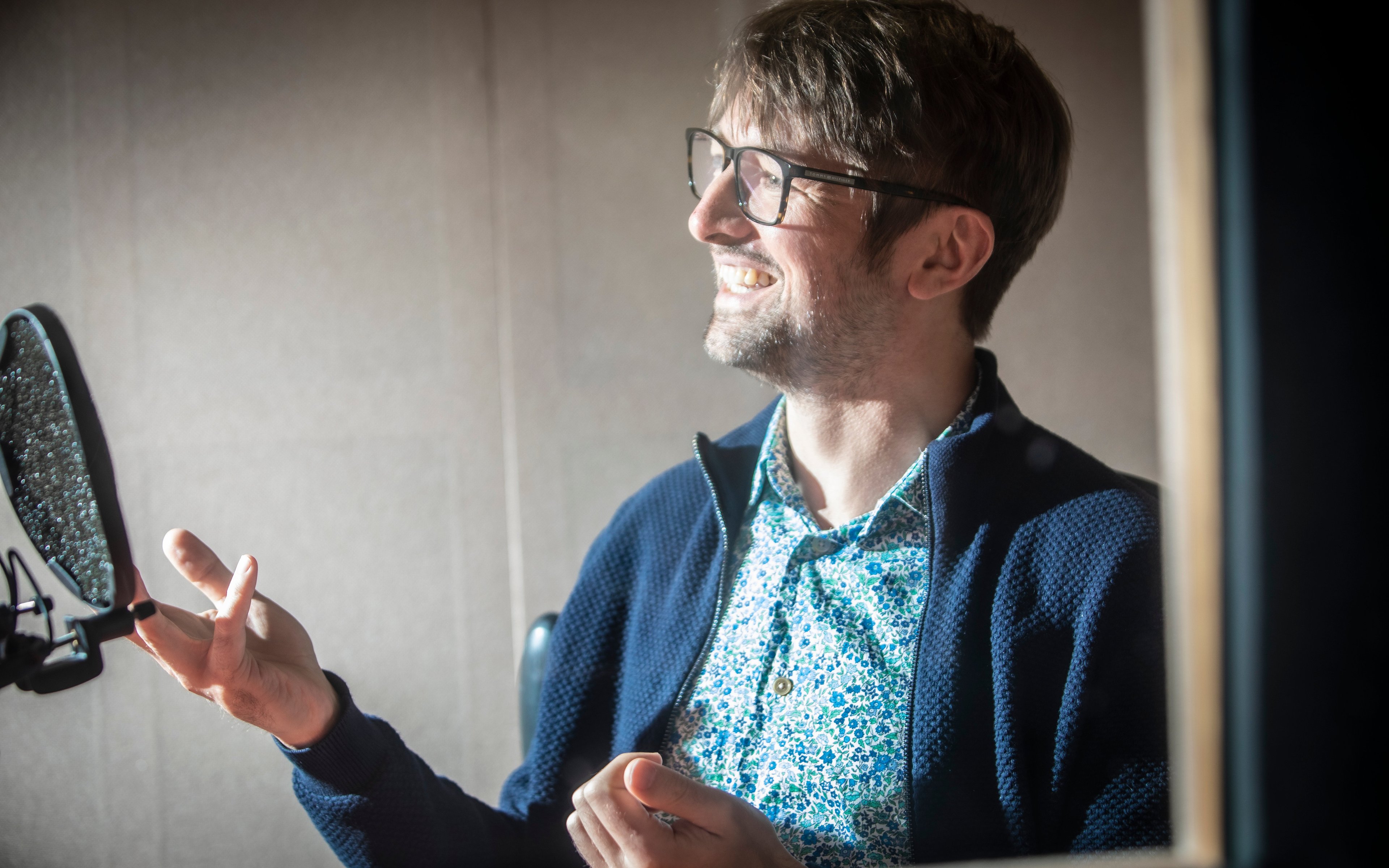Key Points
- A century and a half since its founding, SAINTS’ global outlook and sound principles continue to deliver for shareholders
- Established as a new kind of investment trust focused on the emerging market of the US, it has survived and thrived through numerous booms and busts
- Joint manager James Dow explains how today’s SAINTS is built on choosing well-managed ‘weatherproof’ companies
Listen to the podcast on Spotify and Apple Podcasts
All investment strategies have the potential for profit and loss, your or your clients’ capital may be at risk.
When Scots lawyer William Menzies first went to the US in the 1860s the country was still fighting the Civil War.
It took vision to see the opportunities of a new economic superpower, then on the brink of transformation, boosted by a transcontinental railroad network. Menzies foresaw how, as with the internet today, new technology could create new markets and industries, connecting bountiful sources of raw materials to great industrial centres such as Chicago, New York and Pittsburgh.
Determined that UK investors should benefit from the Gilded Age dawning across the Atlantic, Menzies launched The Scottish American Investment Company in 1873. It quickly became known as SAINTS and this year it celebrates a century and a half of success. It hasn’t cut its dividend since 1938 and has raised it annually for nearly 50 years.
“SAINTS’ original investors were people from all kinds of backgrounds,” says James Dow, one of Menzies' modern-day successors as SAINTS manager. “Not just the wealthy but anyone who wanted not just to save but to invest. That included plasterers, fish curers and opticians.
“The company’s pitch was ‘Look, you've got limited options as a saver here in the UK. You might have to buy more government bonds and just take your low rate of interest. Why don't we invest overseas, find some exciting growth opportunities?’”
SAINTS wasn’t the first-ever investment trust, but it was the first set up as a limited liability company. This helped smaller shareholders to invest in a diversified global portfolio, without potentially incurring ruinous risk. The model soon became the industry standard.
The early SAINTS mainly invested in railroad bonds before broadening out to other types of debt and then equities. As the decades rolled on, the company became the global investment trust it remains. Over its 150-year life, it has weathered two world wars, numerous booms and busts, macroeconomic shocks and stock market crashes.

As the newly-published history SAINTS – the first 150 years describes, the Company’s story echoes the transformation of the wider investment industry from its Victorian and Edwardian roots. Things have come a long way since the days when trust boards and managers jealously guarded information about the companies they invested in, even from their own shareholders.
Dow explains: “It was felt that publishing the list of investments might surrender competitive advantage to some of the other trusts. One might argue that it also protected the directors from criticism when investments went wrong. If shareholders just couldn't see them, and just got a number at the end of the year, then there'd be fewer difficult questions.”
Times have changed, of course. “The shareholders’ right to see where they’re invested is something we take for granted today,” says Dow. “We've taken the view, ‘It’s shareholders' money. They have a right to see where they’re investing, and they should and do challenge us at the AGM and private investor forums.”
What does Dow think has changed most since Baillie Gifford started managing the trust nearly 20 years ago? He mentions a shift away from UK stocks into global investing so that under 10 per cent of the equity portfolio is invested domestically.
“The UK doesn't have a monopoly on great businesses,” Dow says. “There are some amazing businesses in Europe, in America and all around the world, and we can take advantage of those.”
The other significant change, he says, is a great focus on what he calls “long-term dividend compounding,” basing SAINTS’ equity portfolio on “these companies that have good odds of steadily compounding their profits and dividends higher year-after-year, rather than focusing on high yield to generate an income stream.”
Dow describes these companies as essential components of an “all-weather portfolio” made up of great companies that can adapt and change and pivot whatever is thrown at them, from a surge in inflation to a disruption in global trade caused by pandemic or war.
One example is Analog Devices, the US chip designer whose chips are used in medical equipment, radar and wireless communications systems. “All of the interesting new designs it's been able to come up with over time has driven that long-term compounding in earnings.”
For a more recent addition to SAINTS’ portfolio, he cites L'Oréal. Dow has always admired the French cosmetics house as a family-owned, cash generative company with strong growth opportunities. He cites it as an example of how SAINTS focuses on the quality of the board and management when looking for resilient companies.
“We watched L’Oréal from the sidelines for a decade because we always felt it was pricey”. Share price falls last year enabled SAINTS to include it in the portfolio.”
Today’s world is so different from that of 1873 that reflecting on SAINTS’ origins might not seem relevant. Dow however appears to find inspiration in the Company’s past.
“It comes through in the new history, that William Menzies was an open-minded character, someone with empathy, someone who was just interested in the world, who was prepared to go out, and travel while thinking about investing and what he could do for shareholders' money. As a trained lawyer we can assume he brought financial discipline and structured thought to his investments as well. That makes him a great founder in many ways.”
For Dow and colleagues, the challenge is to build on that long legacy, on the understanding that, for SAINTS shareholders, the future matters more than the past.
Words by Colin Donald
Listen to Short briefings on long term thinking on Spotify, Apple, TuneIn or at bailliegifford.com/podcasts
Important information
Investments with exposure to overseas securities can be affected by changing stock market conditions and currency exchange rates.
The views expressed in this recording should not be considered as advice or a recommendation to buy, sell or hold a particular investment. The article contains information and opinion on investments that does not constitute independent investment research, and is therefore not subject to the protections afforded to independent research.
Some of the views expressed are not necessarily those of Baillie Gifford. Investment markets and conditions can change rapidly, therefore the views expressed should not be taken as statements of fact nor should reliance be placed on them when making investment decisions.
Baillie Gifford & Co Limited is wholly owned by Baillie Gifford & Co. Both companies are authorised and regulated by the Financial Conduct Authority and are based at: Calton Square, 1 Greenside Row, Edinburgh EH1 3AN.
The investment trusts managed by Baillie Gifford & Co Limited are listed on the London Stock Exchange and are not authorised or regulated by the Financial Conduct Authority. Baillie Gifford & Co Limited is an Authorised Corporate Director of OEICs.
A Key Information Document is available by visiting bailliegifford.com
Ref: 46600 10020978




